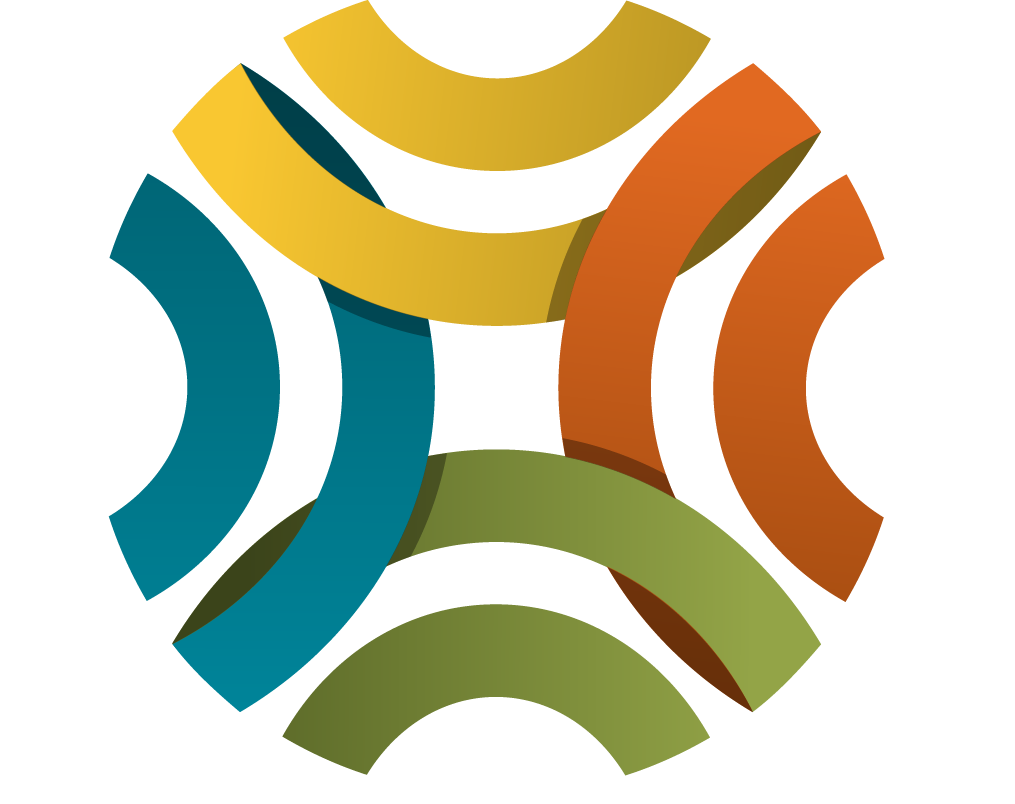Diabetes
Diabetes is a chronic health condition that affects how the body breaks down food into energy, and it occurs when your blood glucose is too high. About 1 in 10 Americans have diabetes, and about 1 in 5 people with diabetes do not know they have it. According to the CDC, diabetes costs $327 billion annually in medical costs and lost work and wages. People with diabetes have reported to pay almost twice as much in medical bills than people who do not have diabetes. Diabetes can affect mental, physical, and emotional well-being. While there are no cures for diabetes yet, there are many steps people can take to manage the disease and its complications. According to the National Diabetes Statistics Report, prevalence of diagnosed diabetes was highest among American Indians/Alaska Natives (14.7%), people of Hispanic origin (12.5%), and non-Hispanic blacks (11.7%), followed by non-Hispanic Asians (9.2% and non-Hispanic whites (7.5%).
Aging, lifestyle habits, family history, socioeconomic status, education, and urbanization are seen as contributors to an increasing prevalence in diabetes. Environmental factors also influence a person's risk for diabetes. Those who live in low socioeconomic neighborhoods typically lack access to quality healthcare, healthy food options, and active transportation, which is part of the reason why certain populations are at disproportionate risk of diabetes. Although some risk factors are unavoidable (e.g. family history), lifestyle factors like physical activity and healthy eating can be modified to decrease risk of diabetes. It’s never too late to begin exercising regularly, eating more healthy foods, and drinking more water.
The Patient Protection and Affordable Care Act, which provides numerous rights that make health coverage more fair, can help reduce diabetes in the United States and accelerate diabetes prevention. According to the American Diabetes Association, the Affordable Care Act made it illegal for insurers to charge higher premiums or deny coverage to individuals with diabetes, paving the way for millions of Americans to gain coverage free from discrimination based on health status. The government can continue to work towards decreasing diabetes rates in the United States by focusing on education initiatives and establishing policies that support dietary choices and improved lifestyle. Learning how to control your diabetes helps you manage your diabetes better, including how and when to take medication, how to monitor blood sugar, and how to take care of yourself—all of which leads to fewer emergency hospital visits. Community based organizations can help people with prediabetes enroll in the National Diabetes Prevention Program, a partnership of public and private organizations working to prevent or delay type 2 diabetes through evidence-based lifestyle change programs. The CDC offers an abundance of online learning modules and webinars that can be used to help support people at risk for developing diabetes or those who already have diabetes.
Resources & Tools
Bright Spot: Diabetes Self-Management Program (DSMP)
Resource - Model Policy
Brought to you by 100MHL
You Had Me at My Best Life: New Resources For Meaningful Conversations in National DPP Session Zero
Resource - Webinar
Brought to you by CDC
9 Budget-Friendly Foods for a Diabetes Diet
Resource - Website/webpage
Brought to you by Everday Health
Diabetes in the Food-Pantry Line: How Food Banks Can Help Reach the Hard-to-Reach
Resource - Blog
Brought to you by Urban Institute
Stress and Cardiometabolic Disease Risk for Indigenous Populations throughout the Lifespan
Resource - Journal Article
Bright Spot: Diabetes Smart: Diabetes Education Recognition Program (DERP)
Resource - Model Policy
Brought to you by 100MHL
The State of Diabetes Prevention Policy in the USA Following the Affordable Care Act
Resource - Journal Article
Brought to you by U.S. Department of Health and Human Services
Reported Cases of End-Stage Kidney Disease — United States, 2000–2019
Resource - Report
Brought to you by CDC
Reversing the Risk of Diabetes
Story
-
 Original
Original
Brought to you by Community Commons
Published on 01/05/2017
Tribal Health: Reinvesting in the Indian Health Service
Story
-
 Original
Original
Brought to you by Community Commons
Uncommon Nonprofit Embraces Urban Agriculture to Break Cycle of Poverty
Story - Written
Brought to you by Seedstock
Data & Metrics
Related Topics










.jpg)


.jpg)






.jpg)

.jpg)


















